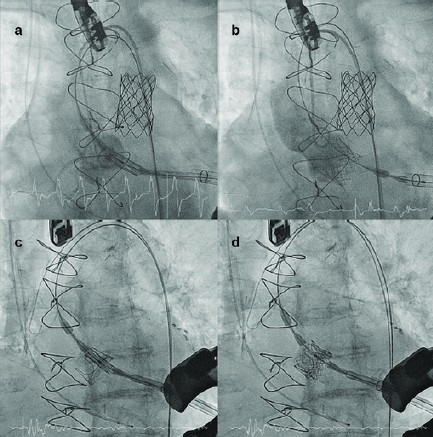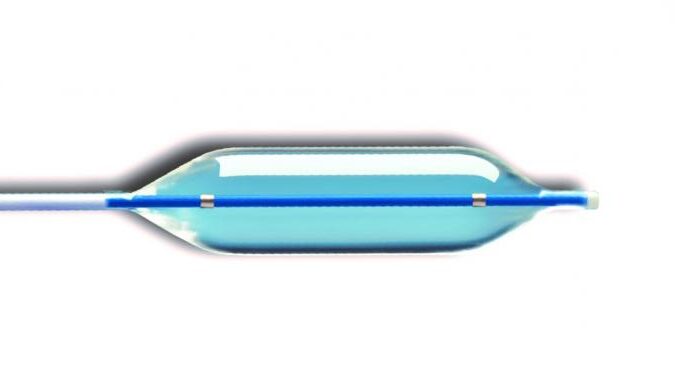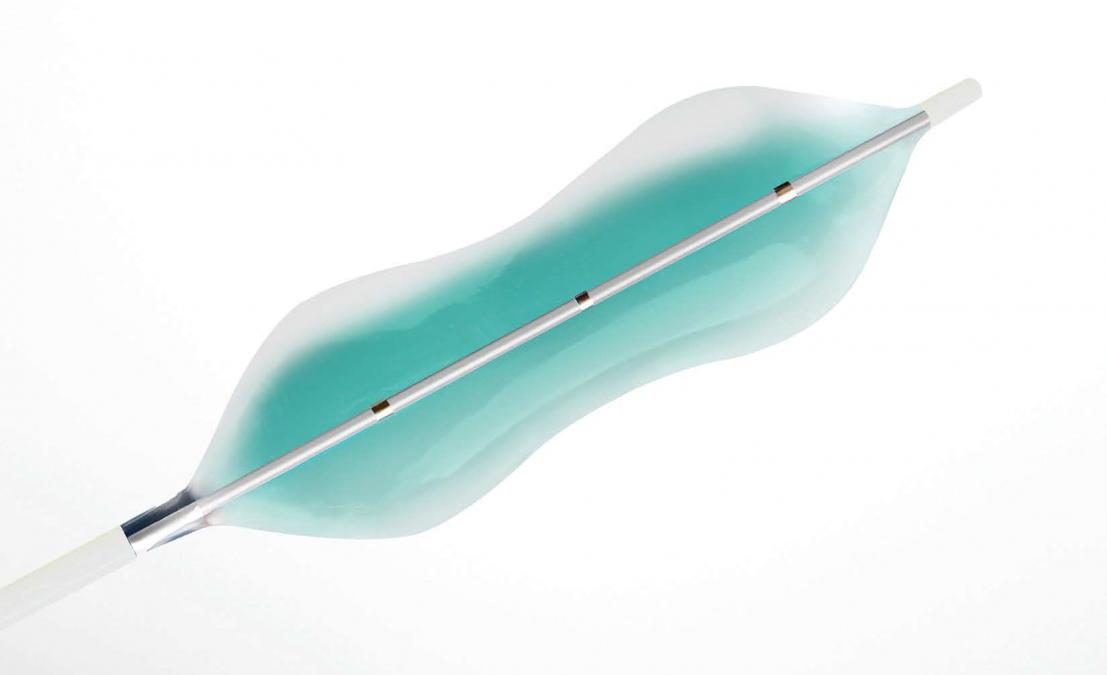The revolutionary procedure that became the standard
In the early 90s Dr. Philipp Bonhoeffer, a pediatric cardiologist at the hospital Necker in Paris, had his initial idea: What if a pulmonary valve were implanted through catheterization instead of the then standard heart valve replacement by surgical sternotomy procedure? At the time, treating pulmonary blockages or leaks through open heart surgery was the standard, corrections to life-threatening conditions that also put significant stress on the body, required a long recuperation period, or further surgeries. Cardiovascular catheterization procedures were becoming more common as innovative and forward thinking device manufacturers, such as NuMED, were introducing minimally invasive cardiovascular devices. Though heart valve replacement was still then considered the domain of cardiovascular surgery, Dr. Bonhoeffer set out to test his idea of implanting a valved stent through catheterization.
But first, the idea had to be tested, the technology created.
Partners in a vision

When Dr. Bonhoeffer approached NuMED, he was well familiar with the manufacturer’s commitment to innovative catheter design that decreased treatment risks and procedure time, increasing patient outcomes. Founded in 1984 by Allen Tower Sr., NuMED over the years had developed a varied range of catheters in consultation with the expertise of doctors, and previously, with Dr, Bonhoeffer, had collaborated on a device for mitral stenosis. NuMED listened with interest as Dr. Bonhoffer explained his new idea of taking a bovine jugular vein, suturing it onto a CP stent, crimping it on a BIB balloon, then mounting the sutured valve on a 16F sheath, and delivering the valve to be deployed inside a native pulmonary valve. Allen Tower Sr., not one to shy away from a radical idea, agreed to work together to develop the prototype for the first percutaneously implanted heart valve.
Development and Implantation
Work began. NuMED, having developed the first septostomy balloon catheter (Z-5™) and Balloon-in-Balloon catheter (BIB®), would manufacture some critical materials like the stent and balloon catheter. But the valve itself had to be harvested. And for this very important component, they had to look no further than NuMED’s backyard.
Located in Hopkinton, a rural city in upstate New York, NuMED’s place of operations was surrounded by cattle farms and slaughterhouses. Early in their process, Dr. Bonhoeffer and NuMED’s staff would visit local slaughterhouses to dissect and preserve the desired segment of bovine jugularveins. These harvested materials were then used to create proofs of concept, testing different stent and catheter combinations until the most promising device for a new treatment methodology came to fruition.
In August of 2000, the first study, “Transcatheter Implantation of a Bovine Valve in Pulmonary Position” by Dr. Philipp Bonhoeffer et al, was published in Circulation. The study discussed tests done on lambs with the device Dr. Bonhoffer had collaborated on with the NuMED team. Thanked in its acknowledgments were “Allen Tower, Mike Martin, (both of NuMED), and Dr. Peter Osypka for their technical and financial support, without which this study would not have been possible.” The publication’s ultimate conclusion was: “The future opportunity to implant pulmonary valves percutaneously in humans will lead to a significant reduction of reoperations. Although the implantation of such a valve is technically difficult in the lamb, application in humans should not fundamentally differ… Therefore, we think that percutaneous pulmonary valve implantation in humans should be possible in the very near future.”
The future was closer than imagined

In September 2000, Dr. Philipp Bonhoffer performed the first human trial on a 12-year-old boy. According to the Telegraph, “The operation was hailed a medical breakthrough because it took half an hour to complete, required local anesthetic and allowed patient to be discharged the following day.”
After this initial success, there came new possibilities. Though it began with pulmonary valve implantation, because of its low profile and effectiveness, treatment expanded to address biological aortic heart valves, which helped a much larger patient population. Today all heart valves can be safely and effectively replaced percutaneously and comprise ninety percent of such treatments.
The legacy of Dr. Bonhoeffer and NuMED’s participation in developing the initial technology cannot be overstated. A procedure that has vastly improved the quality of life of millions throughout the world began with an idea and on-the-ground work in the farmlands of Hopkinton, New York. What once was a vision of a new way to improve quality of life, is now a life-changing reality for many.
NuMED today
Z-MED™ high pressure balloon catheters, designed incollaboration with Dr. Ziyad Hijazi, are suitable for percutaneous transluminal valvuloplasty (PTV) and pre-dilatation intranscatheter heart-valve replacement procedures.
NuCLEUS™ catheters feature an innovativeballoon designed with a waist formed in the middleof the balloon to facilitate positive positioningwhile holding the balloon in the correct locationprior to and during inflation.
After its initial quiet contribution to the development of percutaneous heart valve implantation, NuMED has grown to become a strong presence in the manufacturing of complementary devices that make the procedure possible. Hundreds of hospitals around the world rely on NuMED’s wide range of products—like their popular NuCLEUS™ catheter with its innovative balloon design that facilitates precise positioning, as well as the Z-MED™ whose balloons have extremely fast inflation and deflation times—because of their ability to provide more precise positioning and lessen procedure time. These innovations that have improved patient quality of life would not have been possible without Dr. Philipp Bonhoefer and his revolutionary idea that has become an efficient and effective standard of treatment. NuMed is proud of having been part of such an important turning point in the practice of medicine and continues working toward future innovations.

